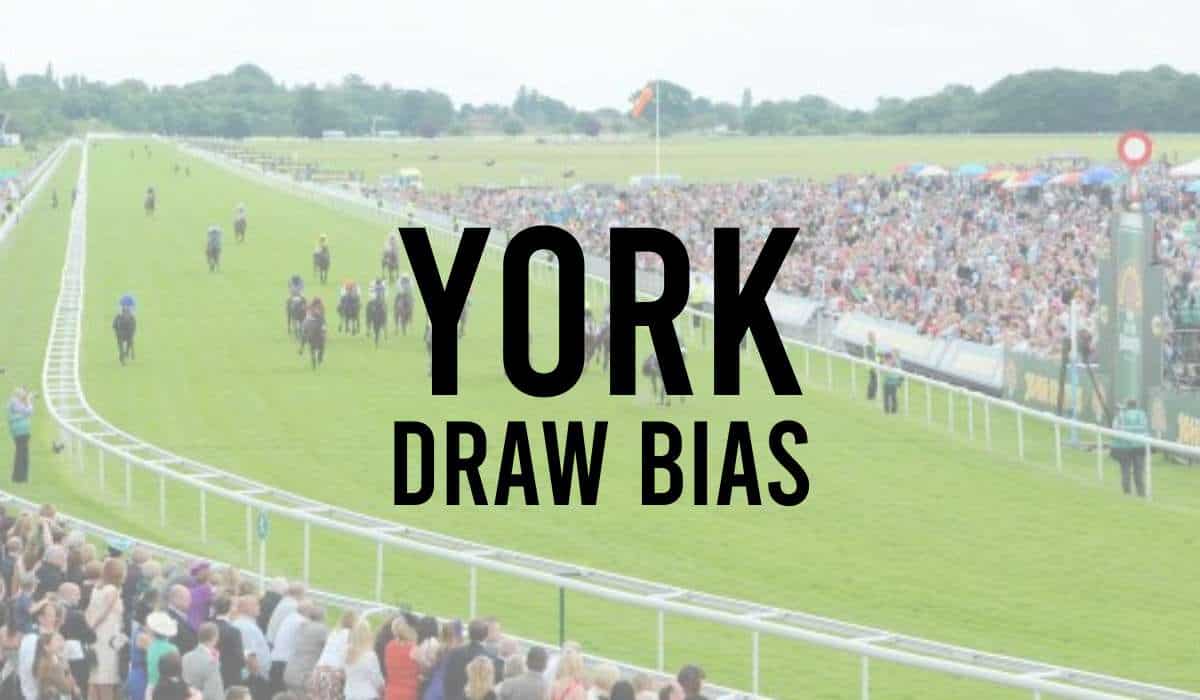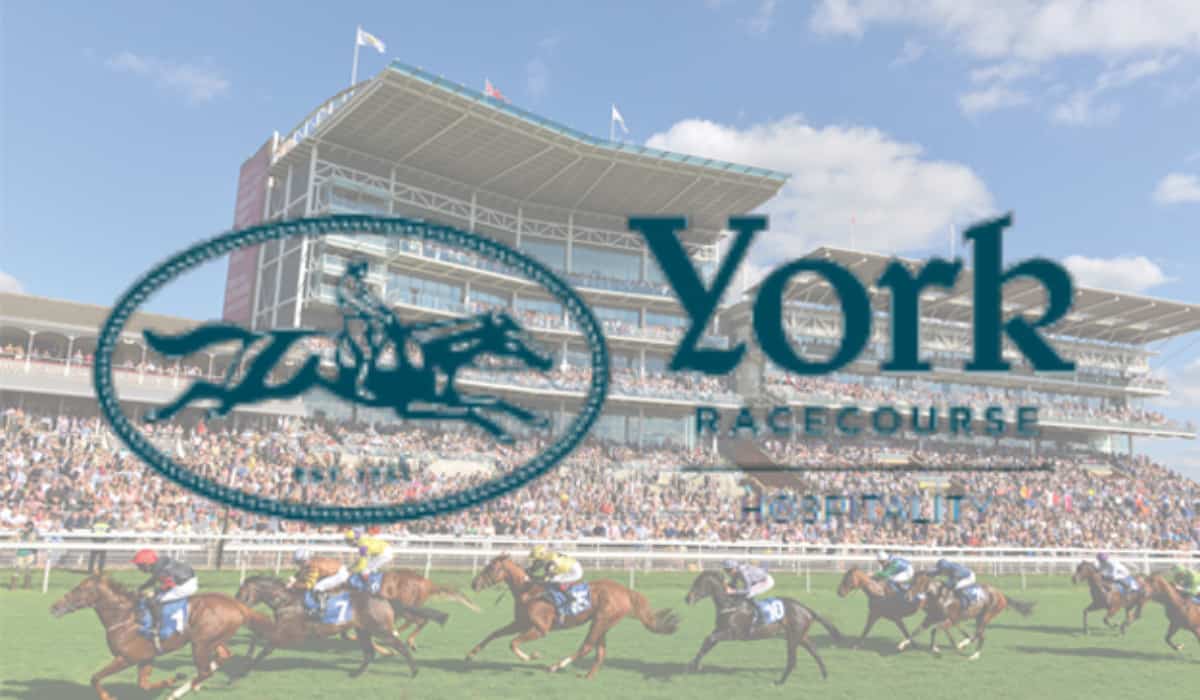Many shrewd horse racing punters research whether there is a draw bias at York Racecourse.
The horse racing draws are perhaps the most overlooked factor in horse racing statistics in April 2024.
The York draw bias refers to whether or not a racehorse running at York has an advantage or disadvantage following the stall they have been drawn in.
Our horse racing tipsters can be influenced by the draw of the horse when selecting their best chances of a winner at York Races.
In York Park Draw Guide, we will explain everything you need to know about the stalls and potential draw advantages for horses running at York today.
Is there a draw bias at York Racecourse?
There is a significant draw bias at York Racecourse over different distances.
From our analysis and research the draw bias changes depending on the distance of the race and ground conditions.
When racing on the straight course for distances of 5 or 6 furlongs, horses typically avoid running too close to the rails and stay towards the centre.
In this scenario, middle draws may have a slight advantage over a distance of 6 furlongs, although the advantage is not significant.
On the round course, horses with starting positions towards the inside of the track, known as “low draws,” have a slight advantage at distances up to 1 mile and 4 furlongs, with the strongest advantage being at a distance of 1 mile.
This advantage becomes more pronounced when the ground conditions are good to firm.
What is the Draw Bias at York 5 Furlongs?
There doesn’t seem to be a bias at York Racecourse for 5 furlong races.
However, upon closer inspection, when there are many runners, horses with a low starting position seem to have an advantage.
On the other hand, in soft ground conditions, a high starting position appears to provide a slight advantage.
What is the Draw Bias at York 6 Furlongs?
After analysing the racing patterns at York Racecourse over 6 furlongs, it appears that there is an advantage to having a high draw and racing towards the stands side of the course.
Horses positioned on the stands side tend to have more room to manoeuvre and are less likely to get caught up in traffic or be forced wide on the bend.
In addition to the tactical advantages, racing on the stands side can also offer better ground conditions. When the ground is softer, the stands side can be drier and offer more favourable footing.
However, it’s worth noting that the strength of this bias can be affected by various factors such as the number of runners, pace of the race, and weather conditions. Therefore, it’s important for bettors to consider all relevant factors before placing their bets.
What is the Draw Bias at York 7 Furlongs?
Due to the limited number of races held over 7 furlongs at York Racecourse, there is a scarcity of data to draw upon. However, the available data suggests that it is difficult to win from a low draw position, with a notable bias in favour of high drawn runners.
This bias may be attributed to several factors, such as the curvature of the course and the placement of the starting stalls.
It’s important to note that the strength of this bias can be influenced by various conditions, such as the ground and the pace of the race. In particular, when the ground is soft, the bias seems to reverse, with a preference for horses starting from low draw positions.
What is the Draw Bias at York 1 Mile?
The available data for races over a mile at York Racecourse is relatively limited, making it challenging to draw definitive conclusions.
However, the data that is available suggests that there may be a bias in favour of horses with low draw positions.
Does The Stall Draw Affect Chances Of Winning In Flat Races at York?
The chances of a horse winning can hugely be affected by the stall number at York Races.
The best horse racing tipping services will adjust their judgements of horses with the best chances after the stall numbers are released in the York racecards.
Here is some important information on the tips, results and runners for horses running at York.
York Pace Bias Statistics
Contrary to popular belief, York Racecourse is not typically favourable to front runners, as the long straights and wide course make it challenging for horses to lead from start to finish.
However, there is an exception to this rule over a mile, where front runners are favoured despite the course’s general bias against them. The reasons for this bias are not entirely clear.
When it comes to in-running betting, York Racecourse has had nine horses lose at odds of 1.01 out of 532 cases, placing it 12th out of the 39 flat tracks in the UK.
This information can be useful for bettors who engage in in-play betting, but it’s essential to keep in mind that each race is unique, and past performances do not guarantee future outcomes.
Summary
The data and stats are updated in real-time from our York Horse Racing Results for the information shared on the draw bias.
With the draw bias mainly affecting the sprint races then punters are quickly on the lookout for the big ante posts races, as the draws are released.
Ground conditions, weather, and handicapping blots can affect the draw bias statistics. So at times, it is strongly advised to check the earlier races of the day to see if the draw bias on the current ground has changed.
Related Draw Bias Posts
Find all the draw bias information articles.
- Ascot Draw Bias
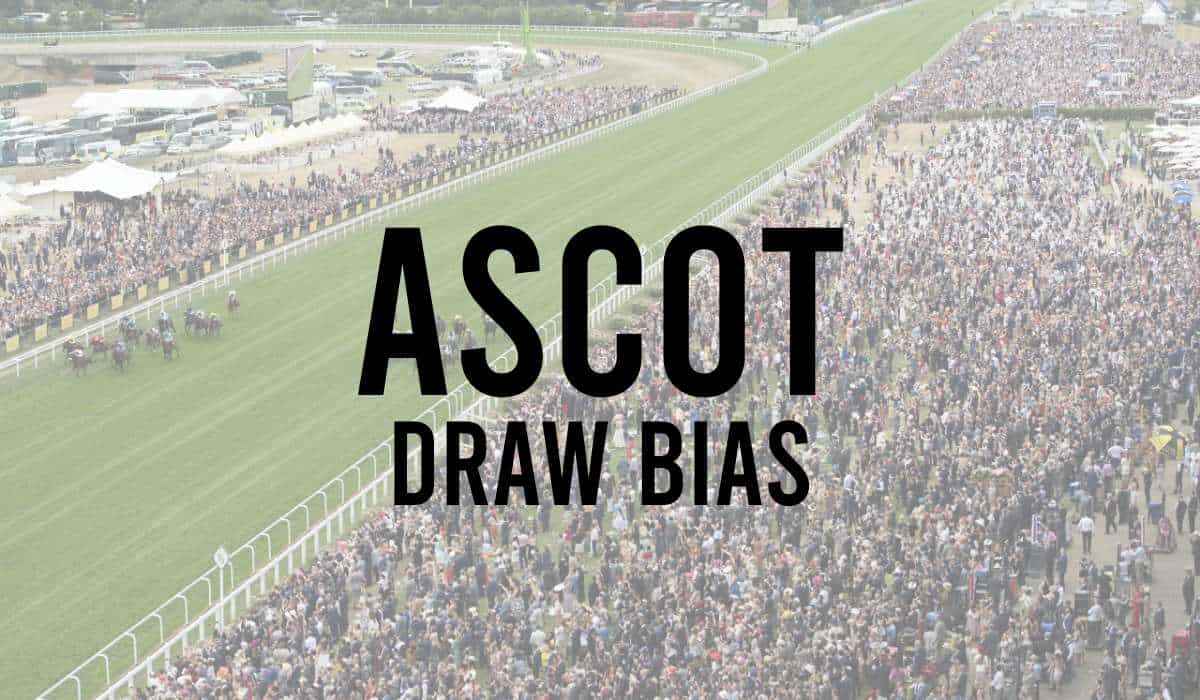
- Bath Draw Bias
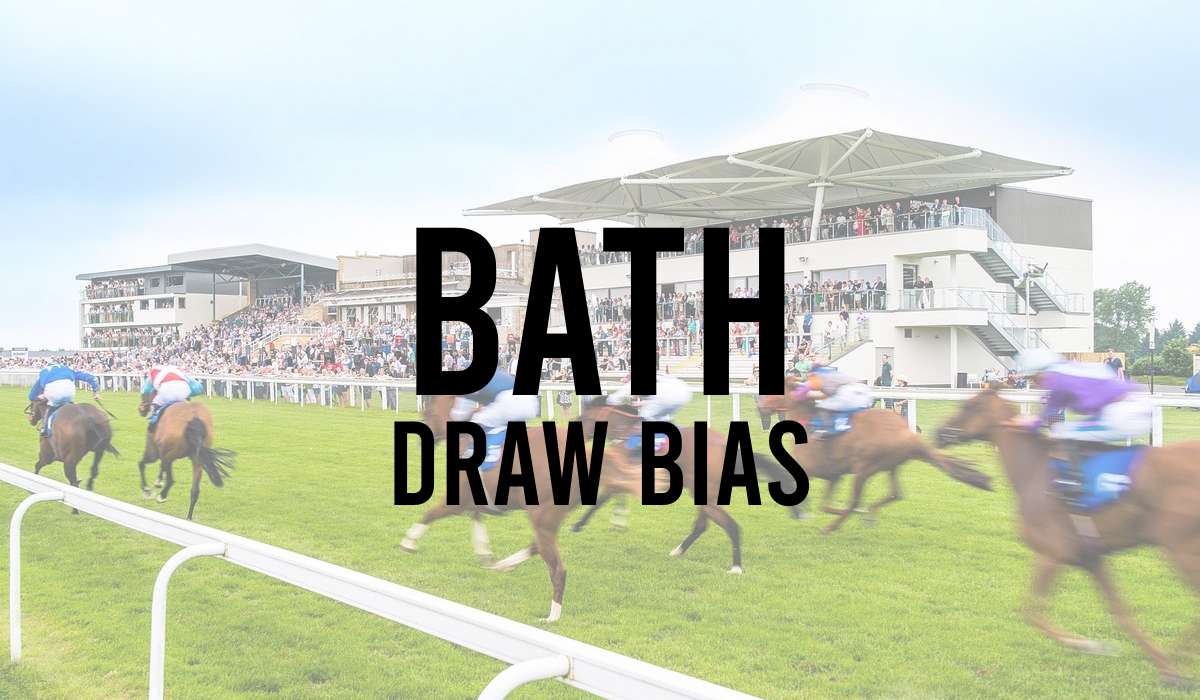
- Beverley Draw Bias
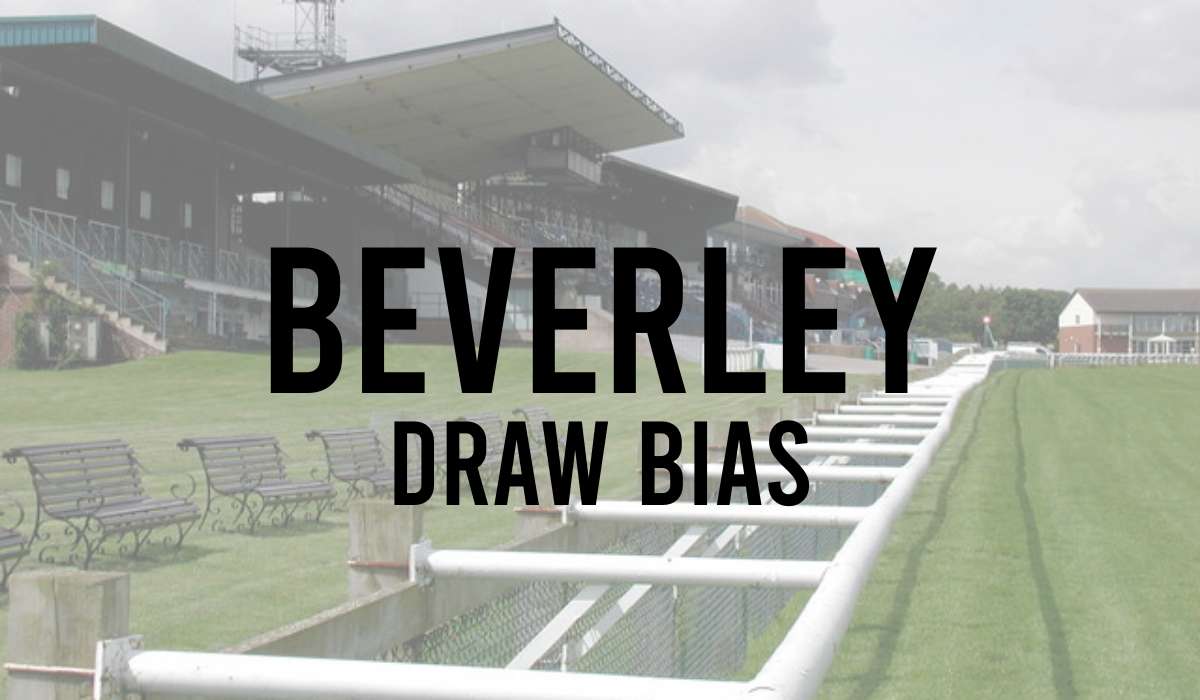
- Brighton Draw Bias
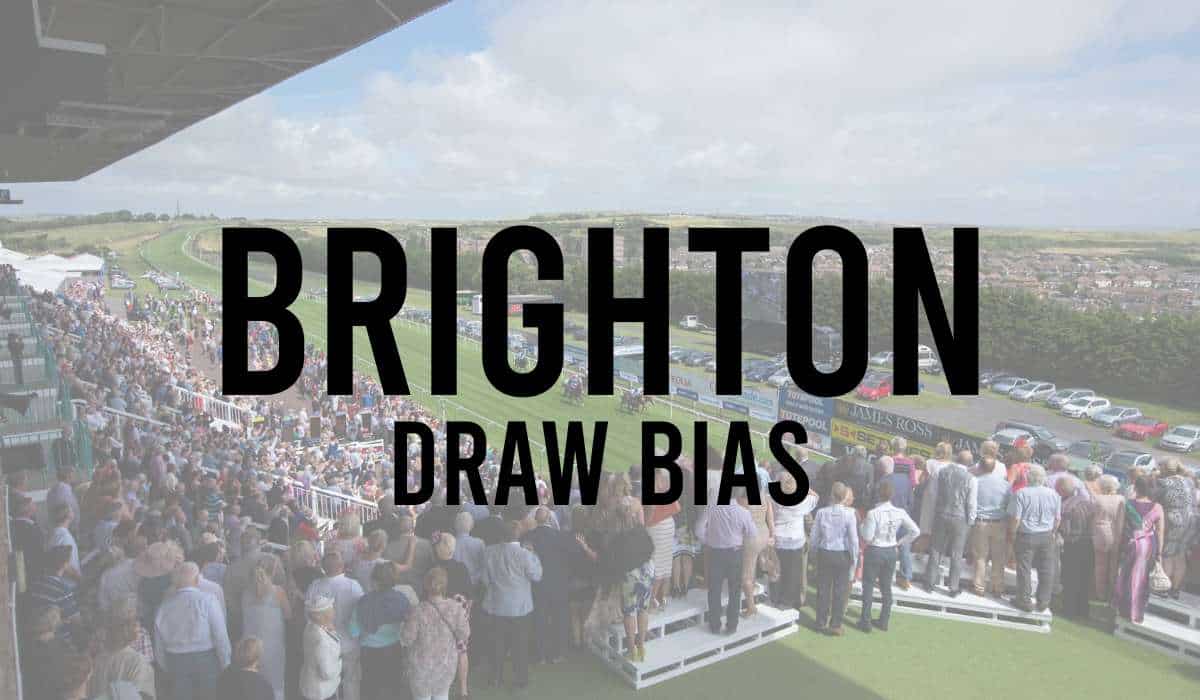
- Catterick Draw Bias

- Chelmsford Draw Bias
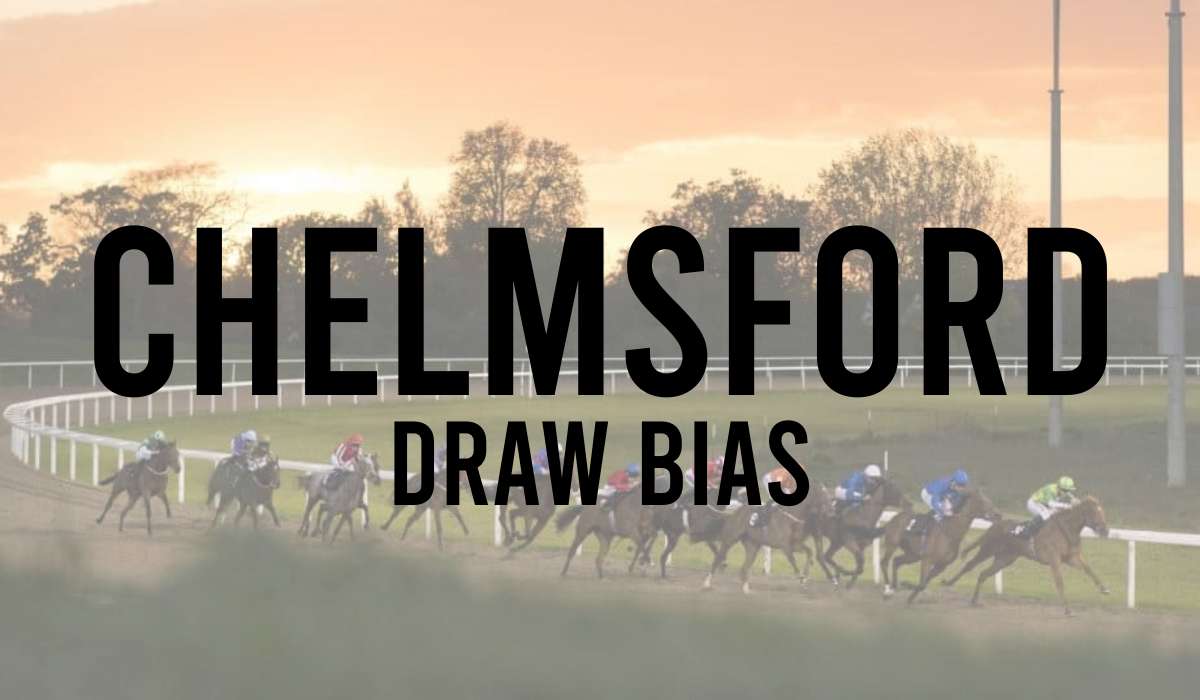
- Chester Draw Bias
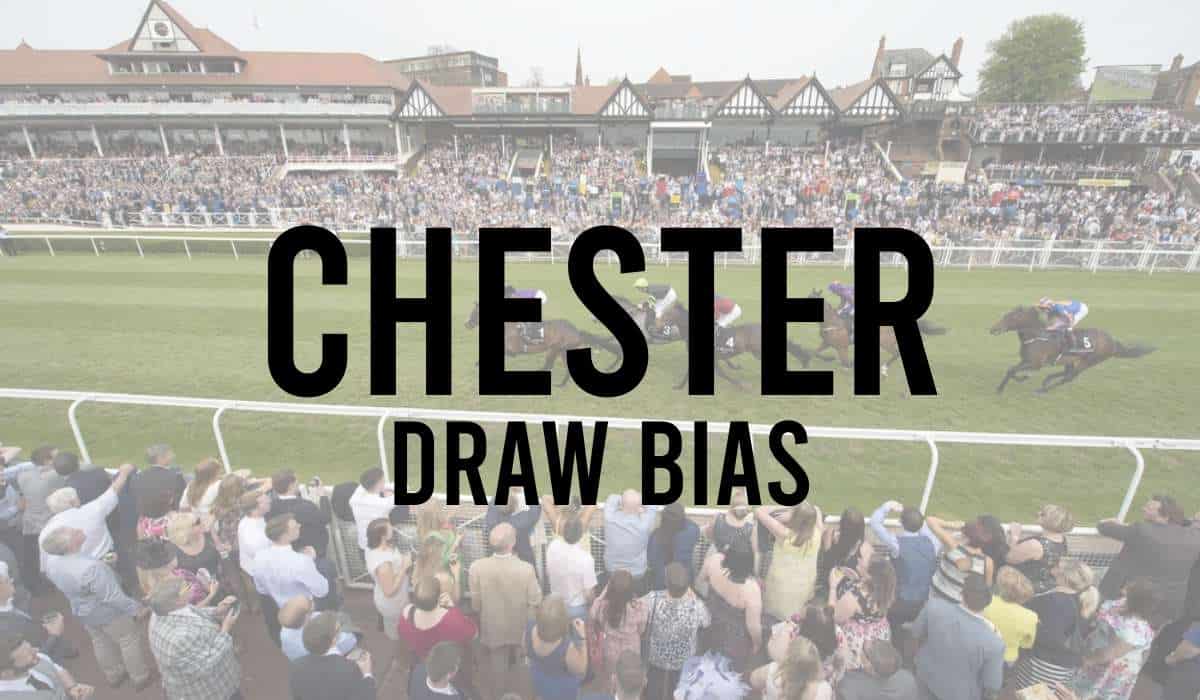
- Cork Draw Bias
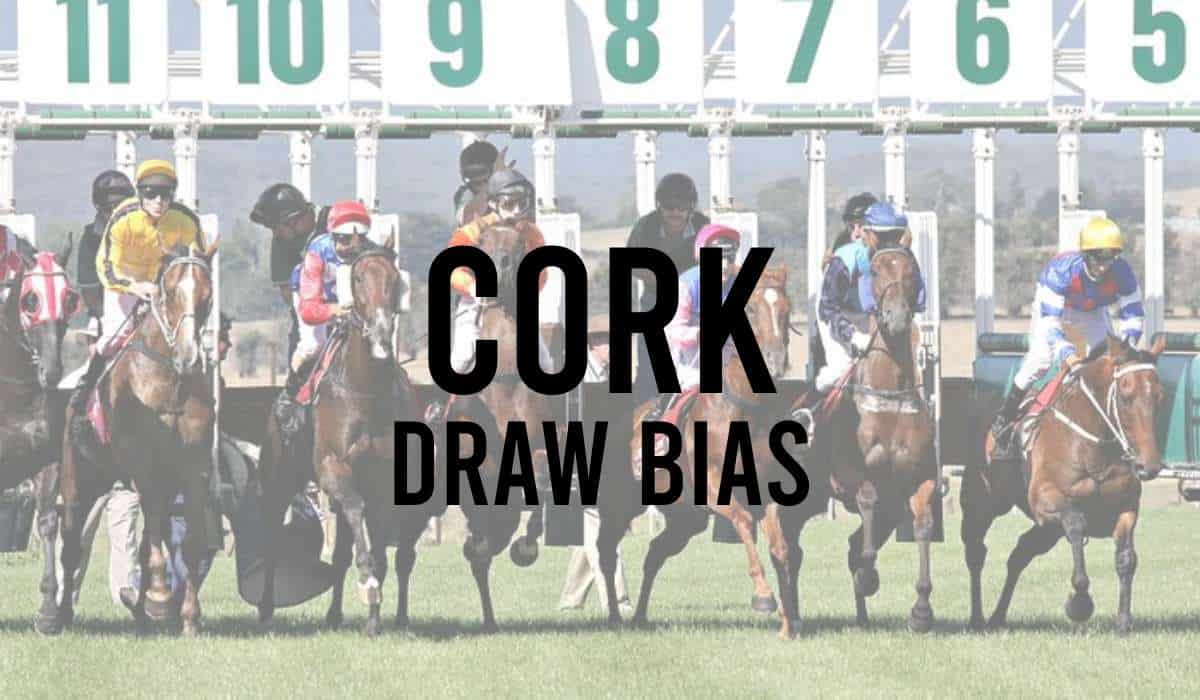
- Doncaster Draw Bias
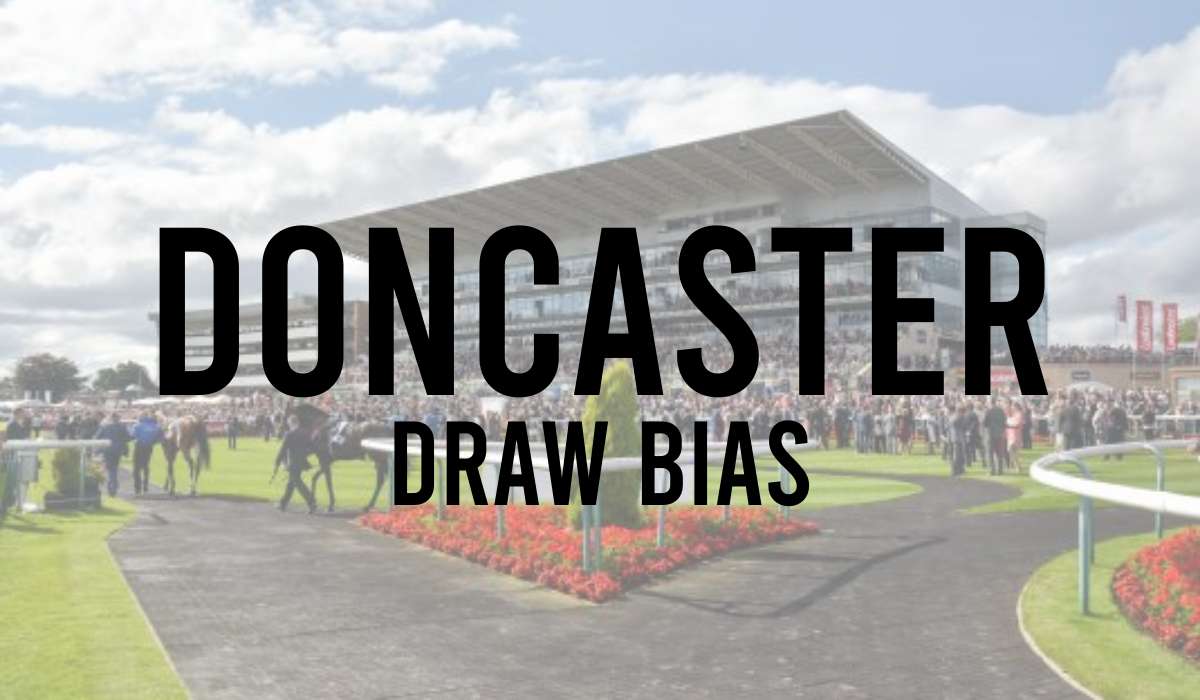
- Dundalk Draw Bias
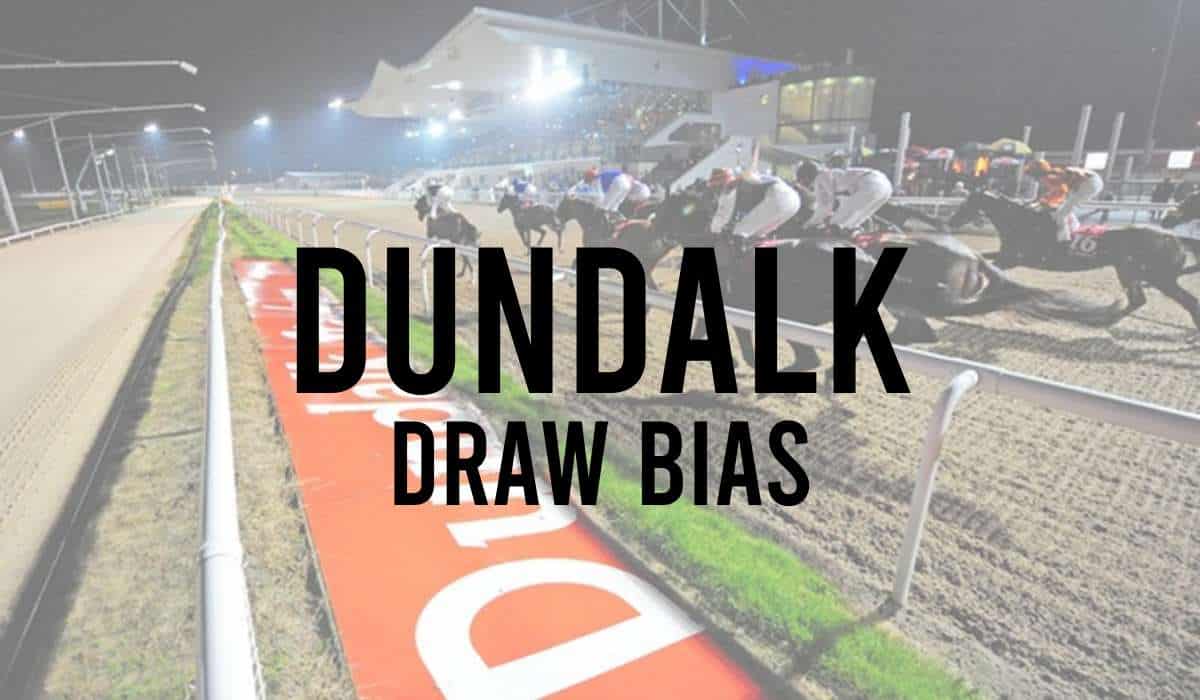
- Epsom Racecourse Draw Bias
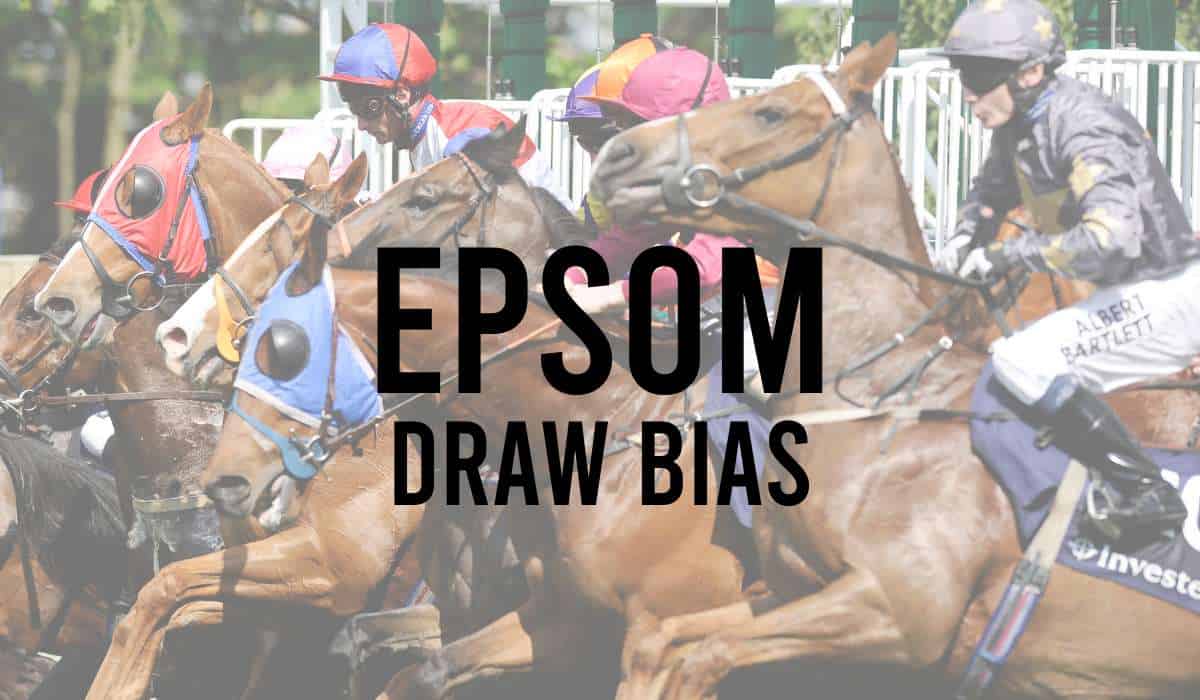
- Goodwood Draw Bias
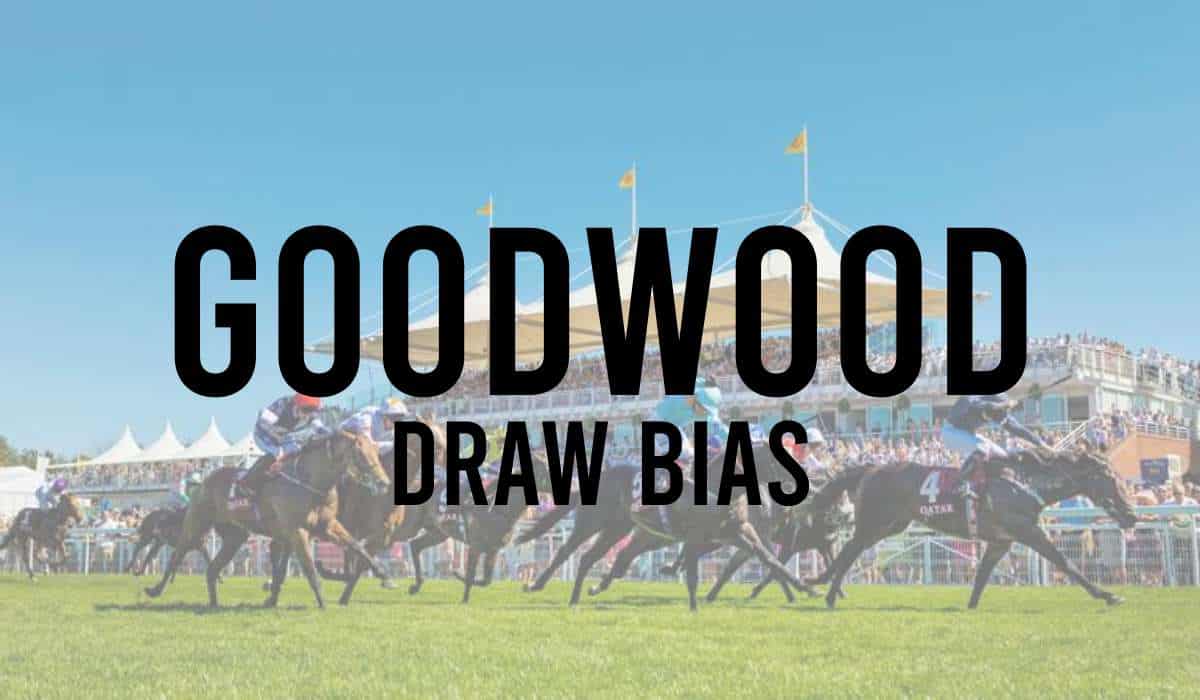
- Hamilton Draw Bias
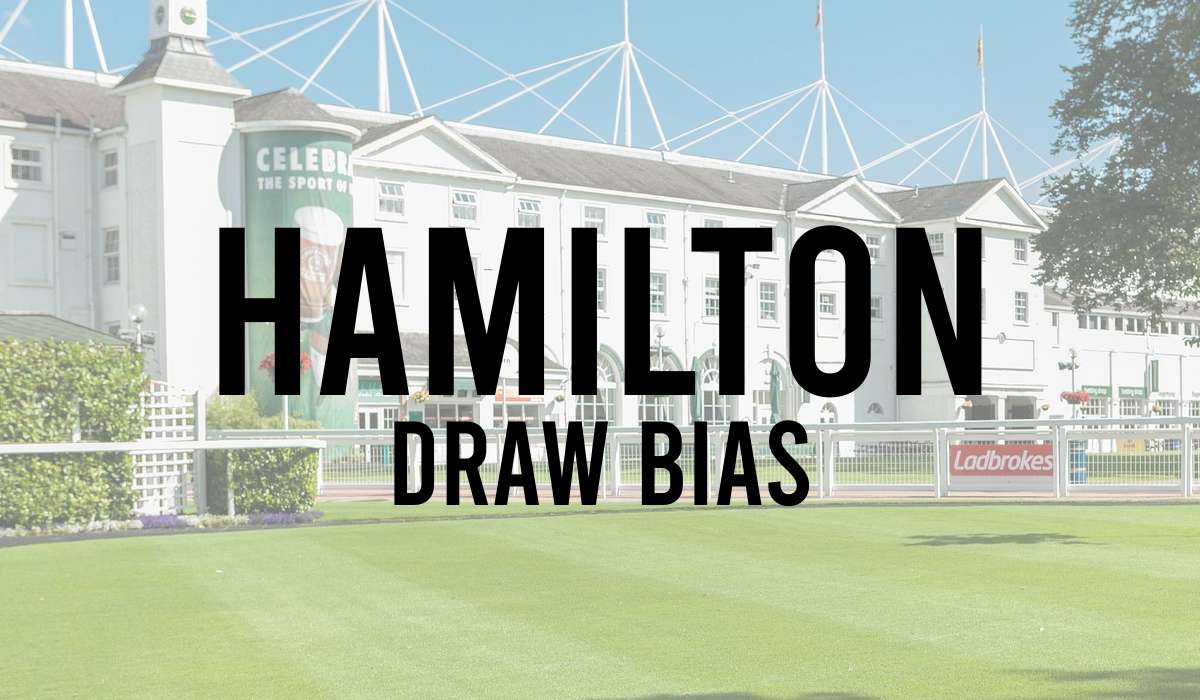
- Haydock Draw Bias
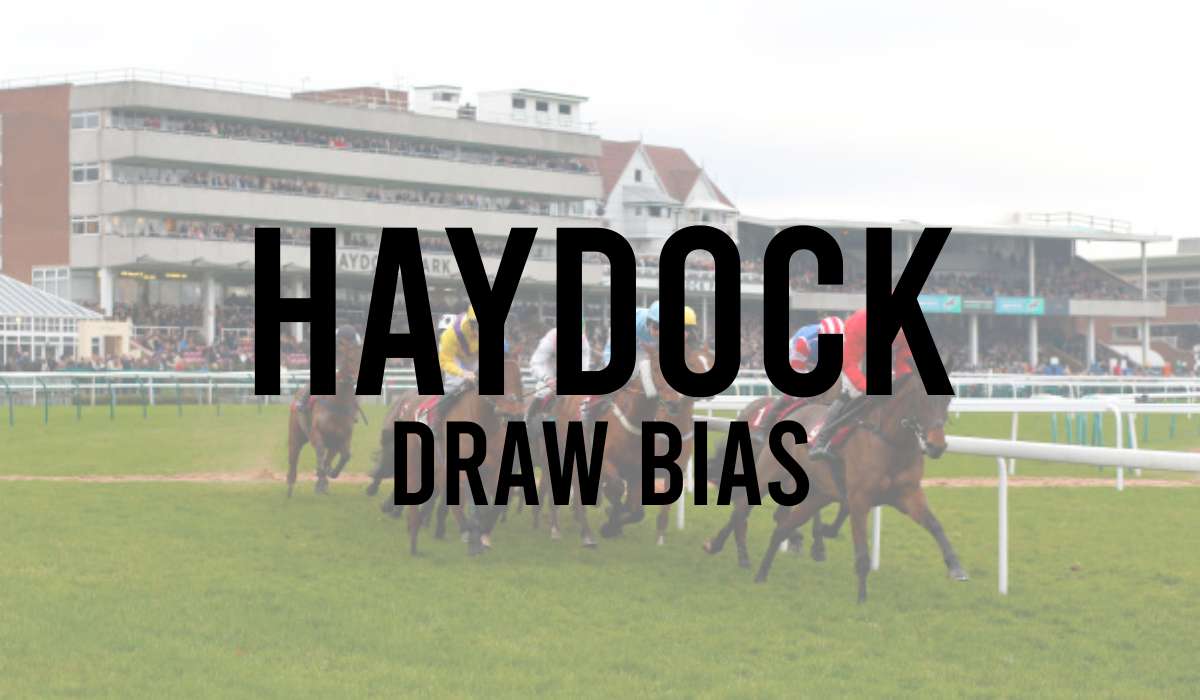
- Horse Racing Draw
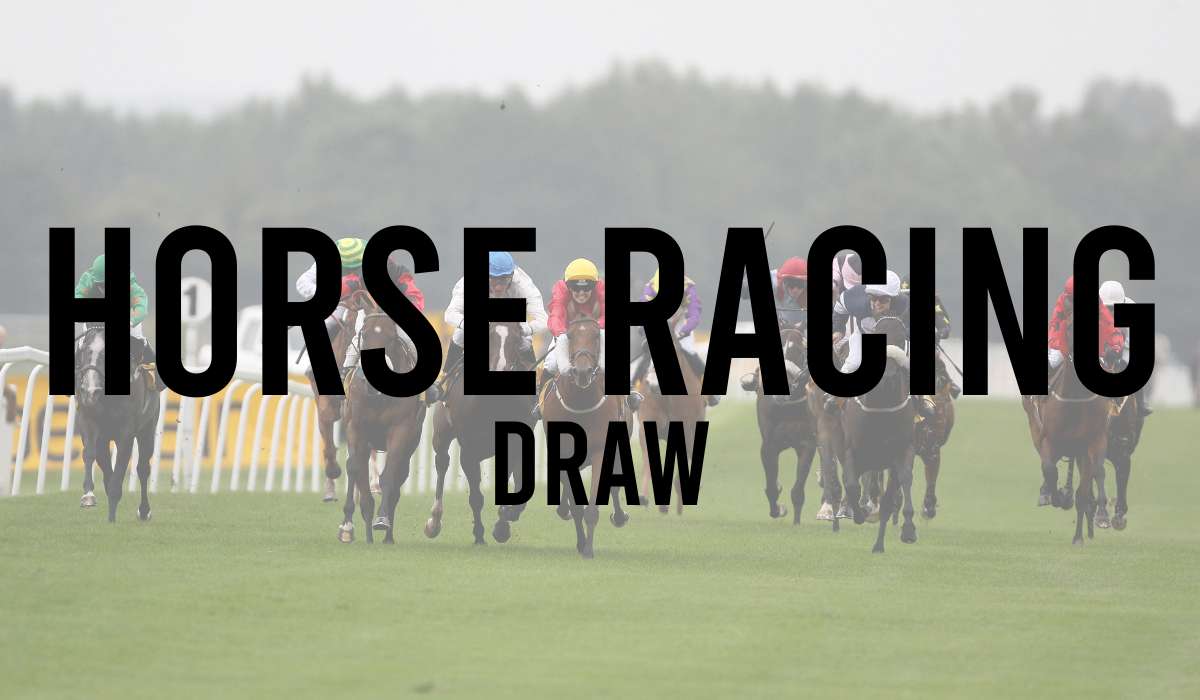
- Kempton Draw Bias
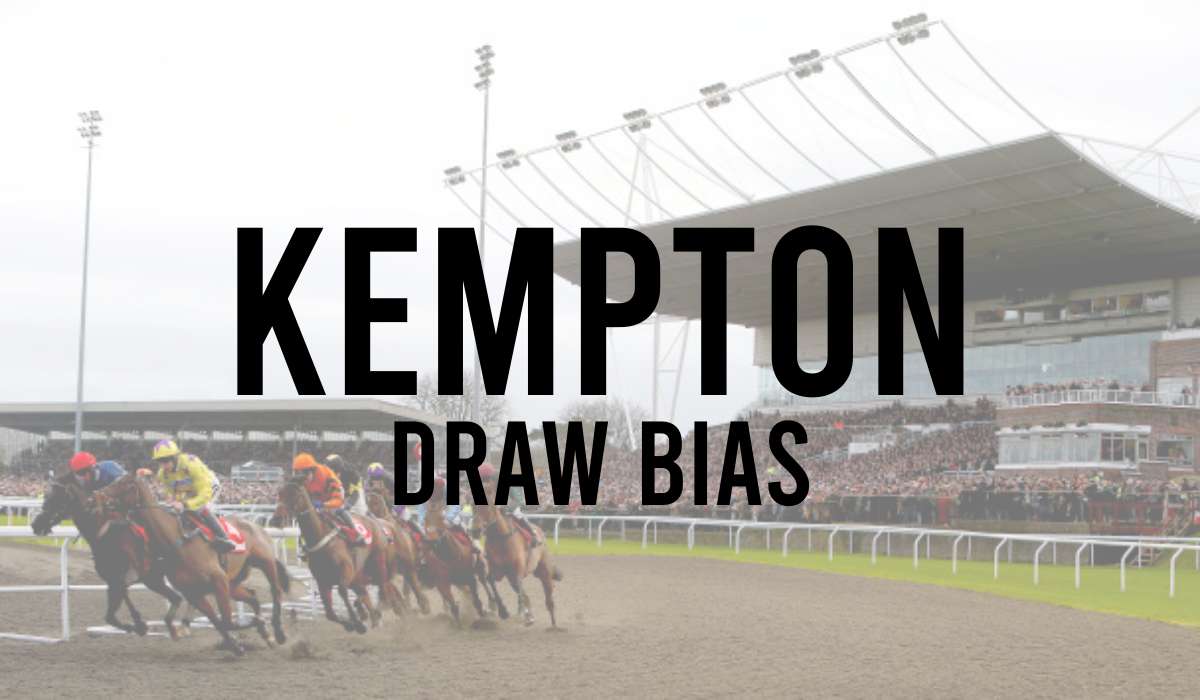
- Lingfield Draw Bias
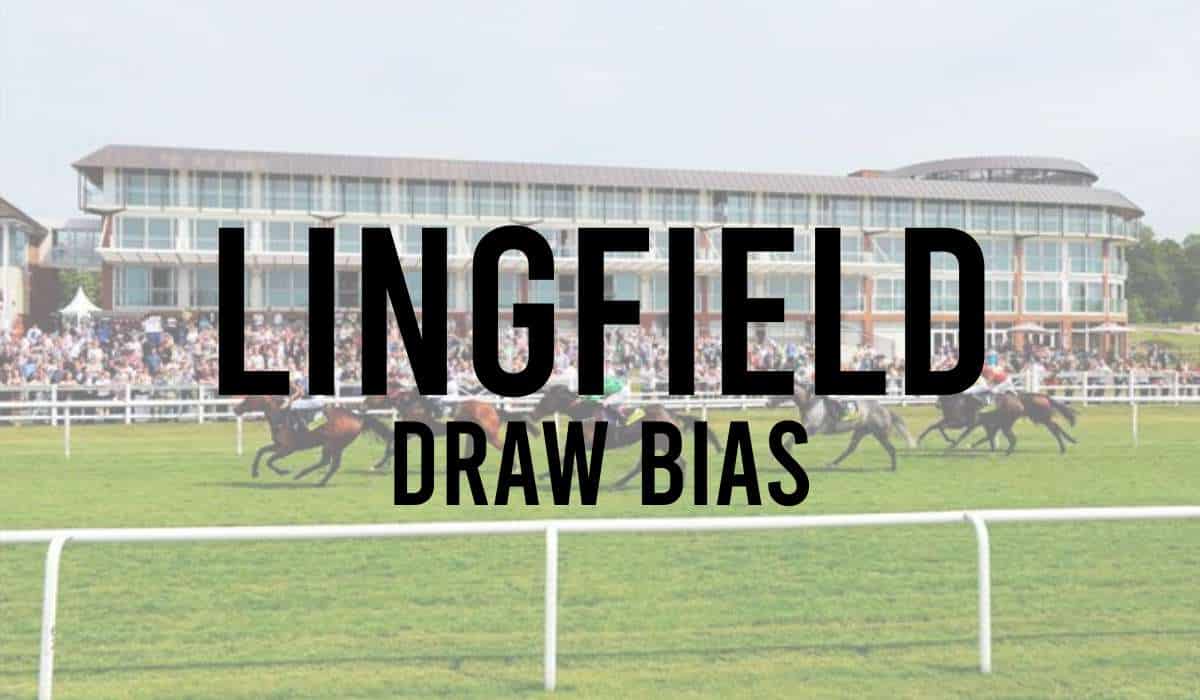
- Musselburgh Draw Bias
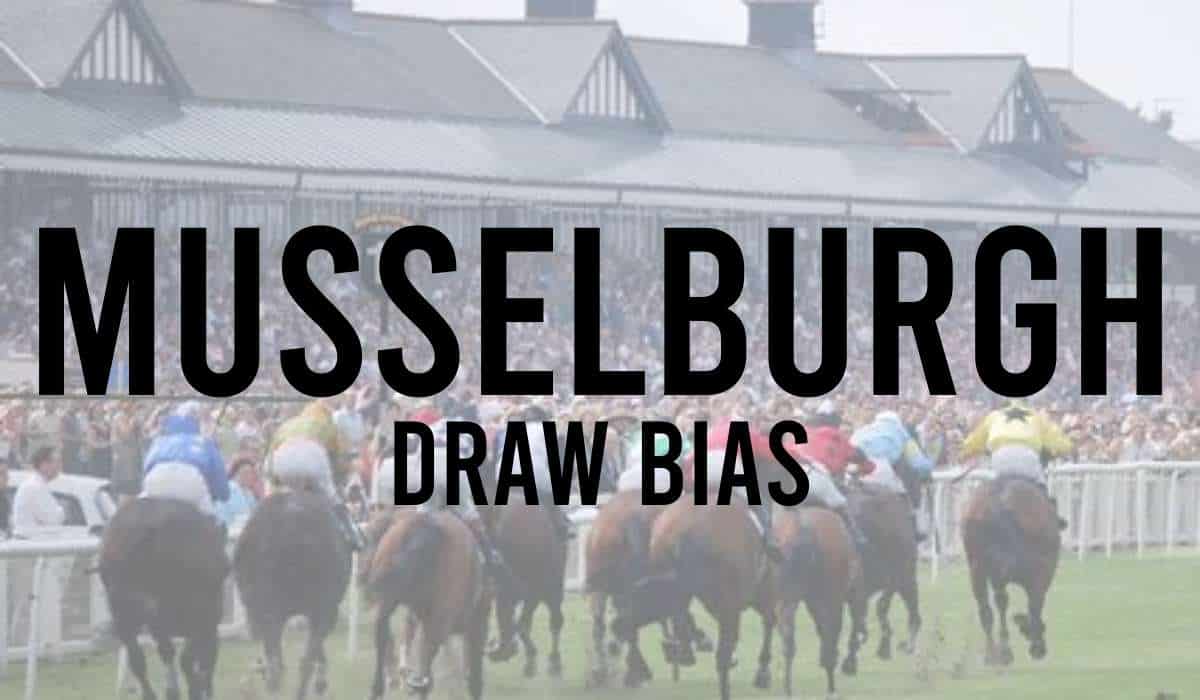
- Newbury Draw Bias
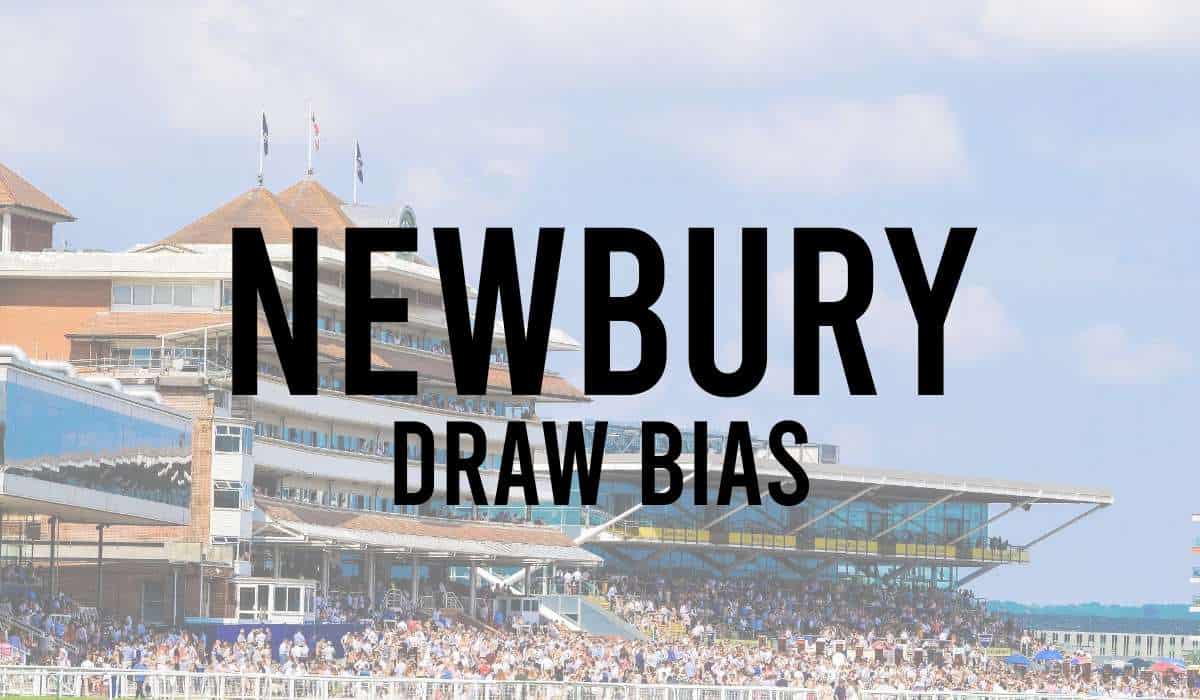
- Newcastle Draw Bias
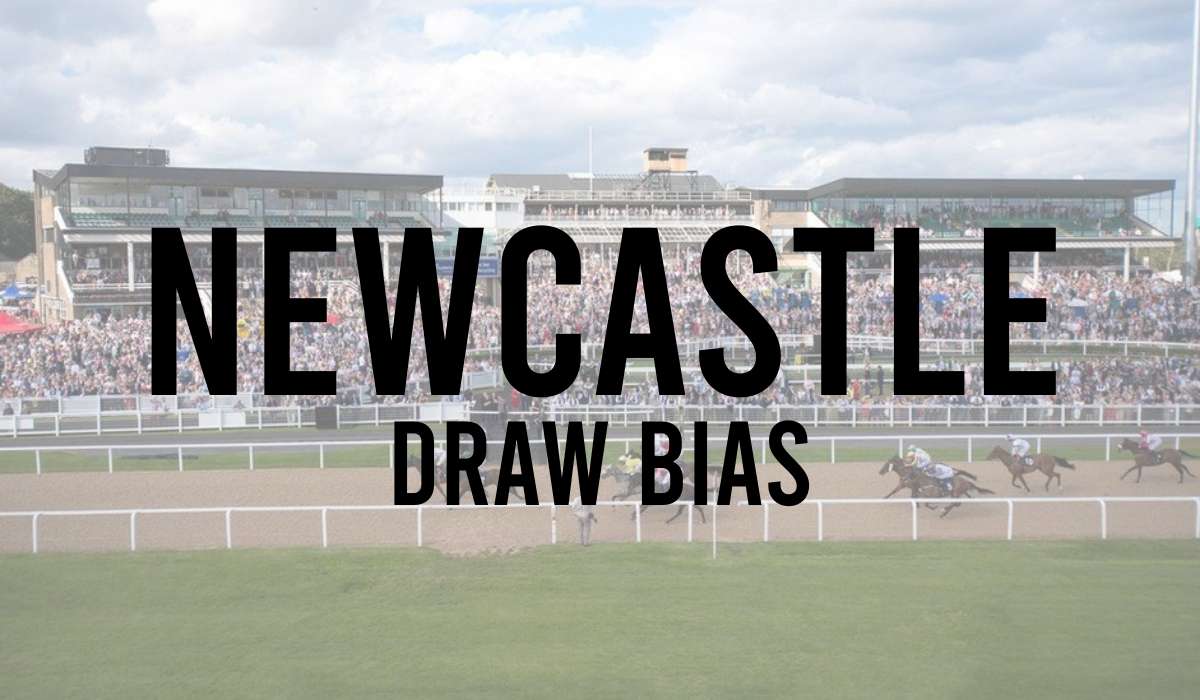
- Newmarket July Course Draw Bias
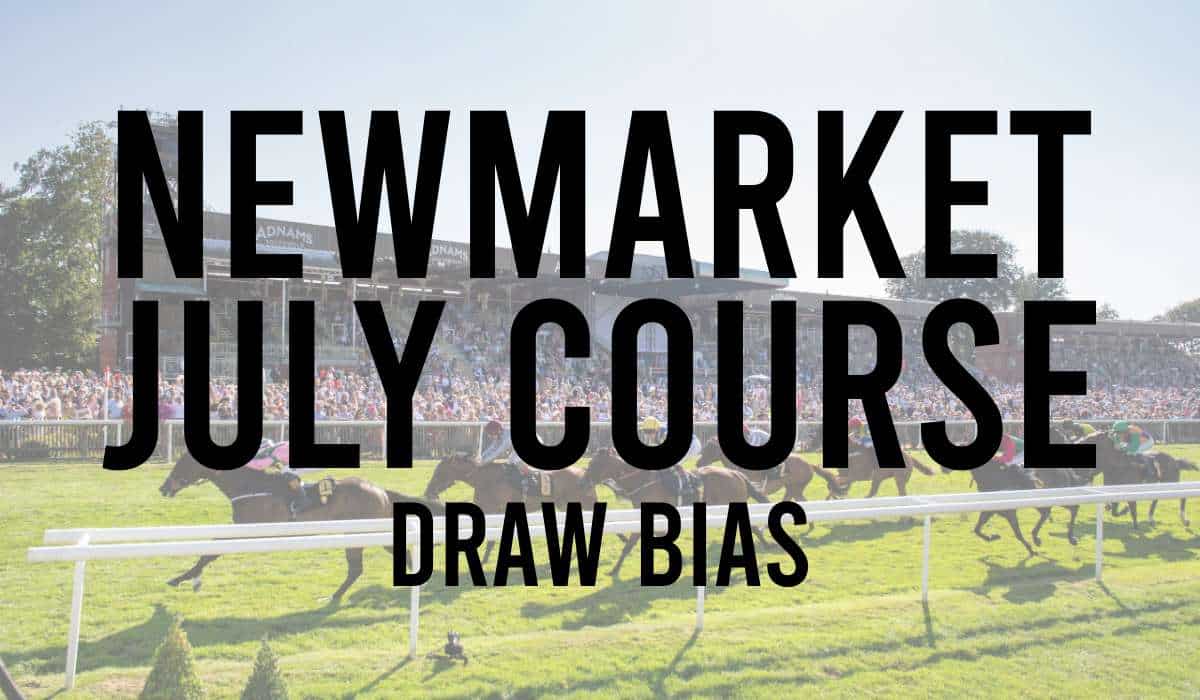
- Newmarket Rowley Mile Draw Bias
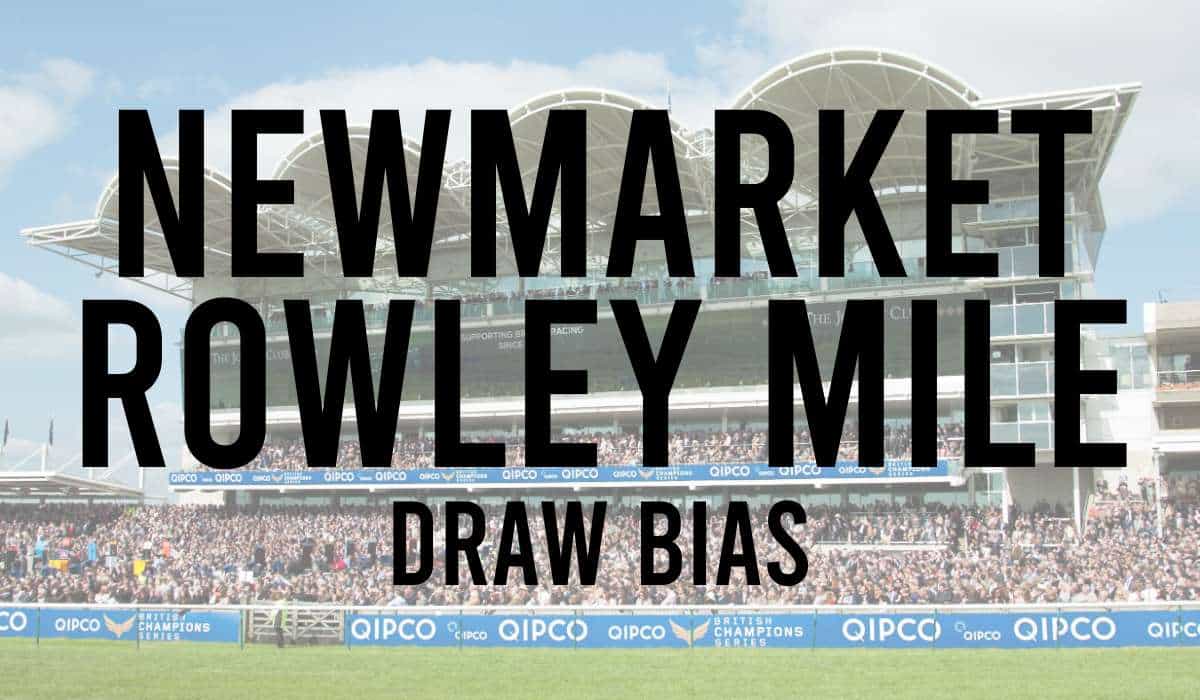
- Nottingham Draw Bias
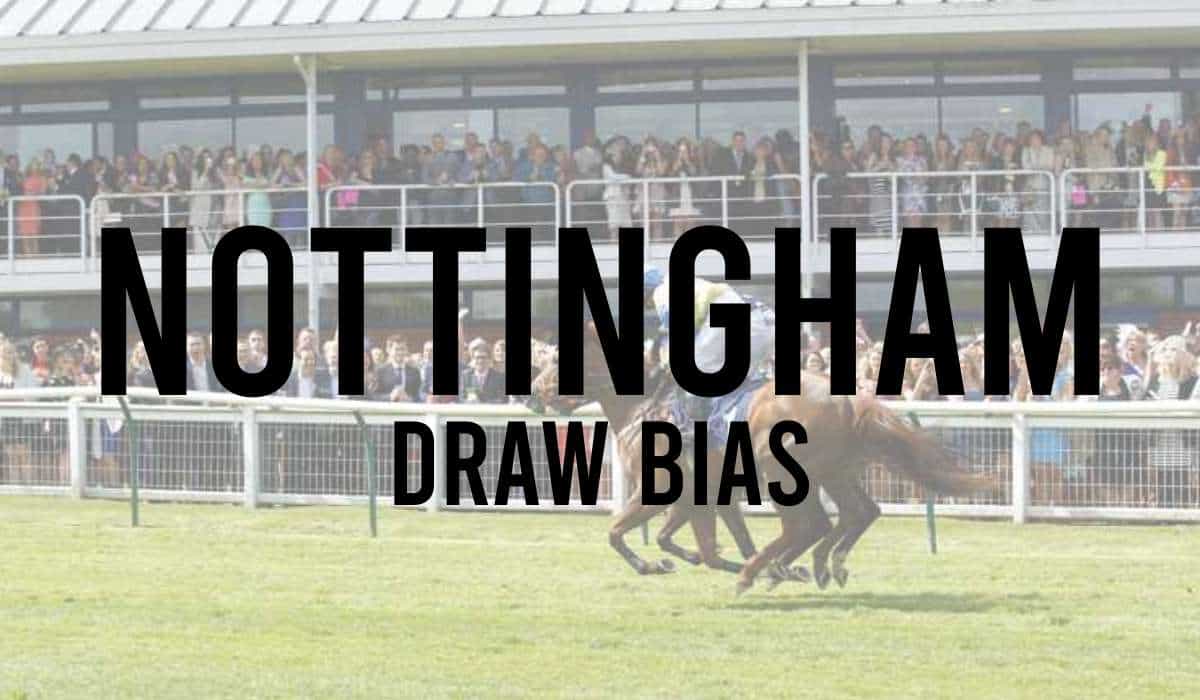
- Pontefract Draw Bias
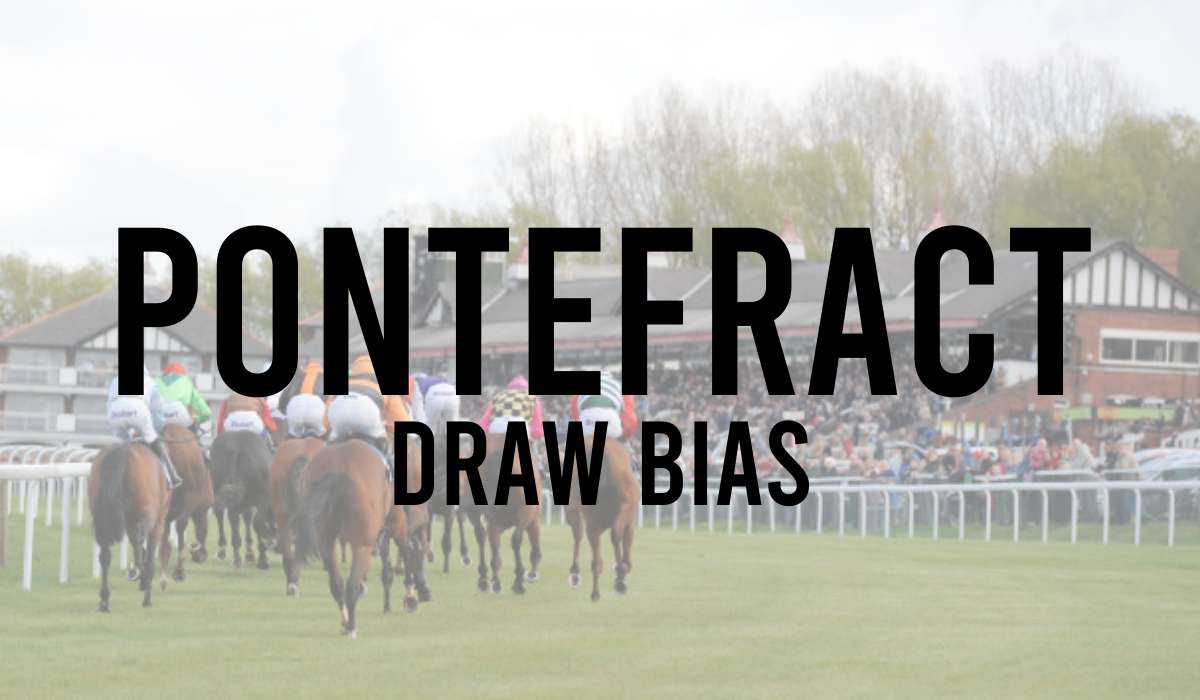
- Redcar Draw Bias
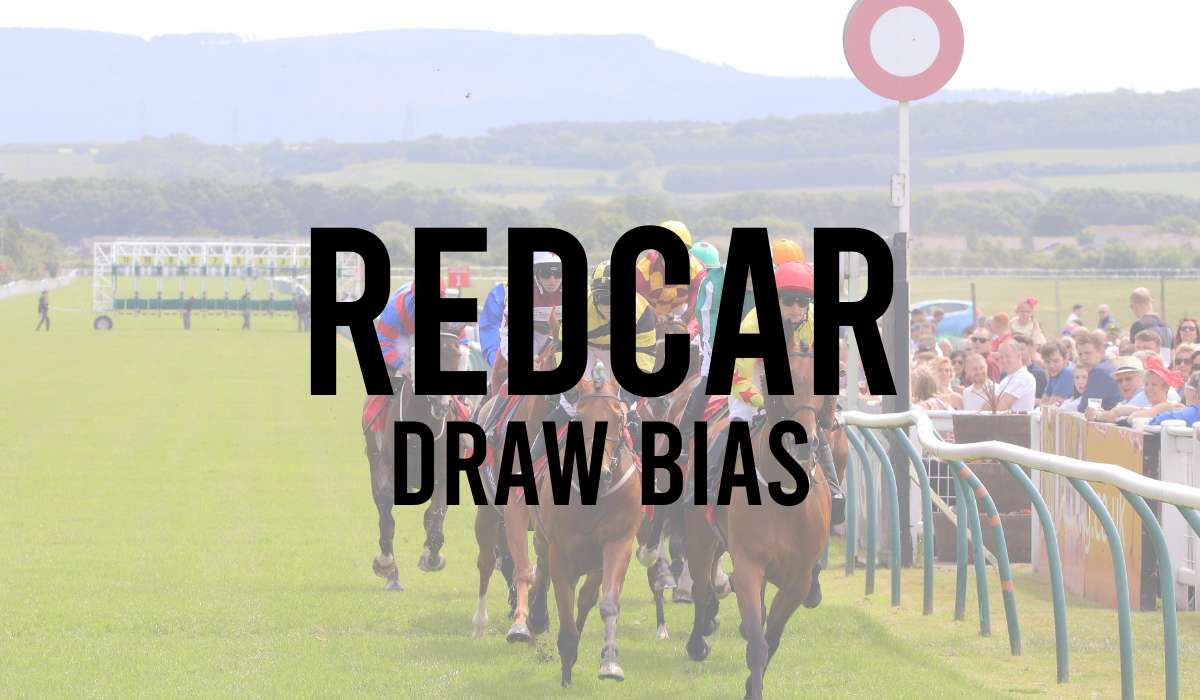
- Ripon Draw Bias

- Salisbury Draw Bias
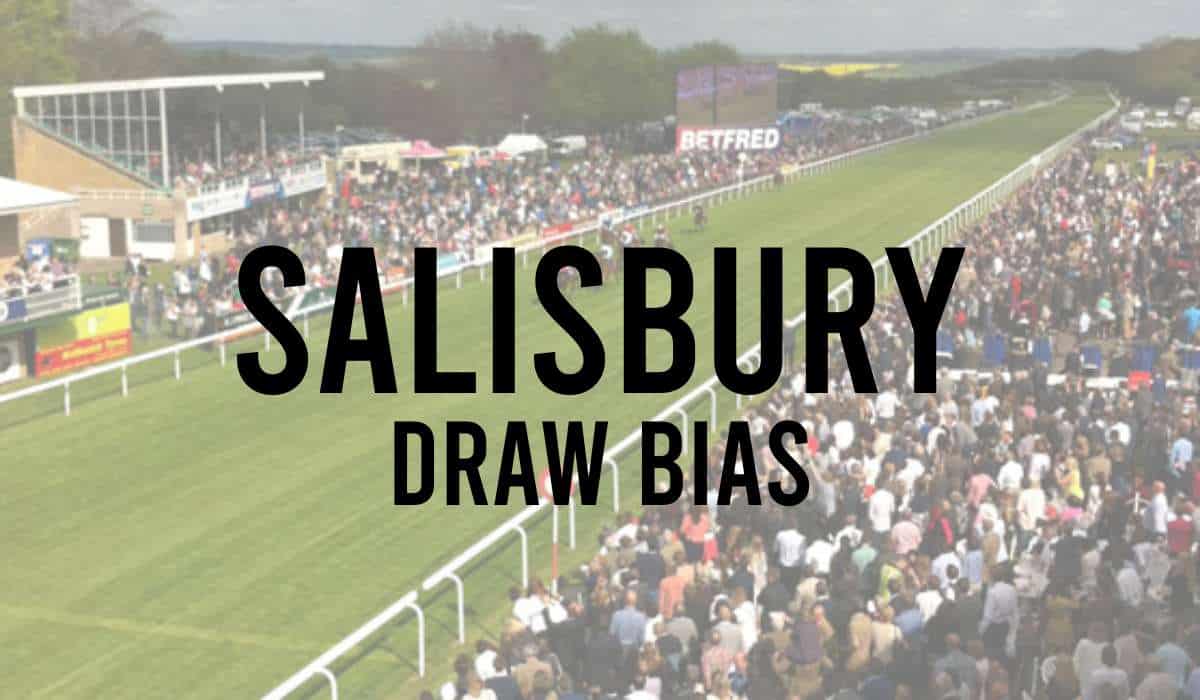
- Sandown Draw Bias
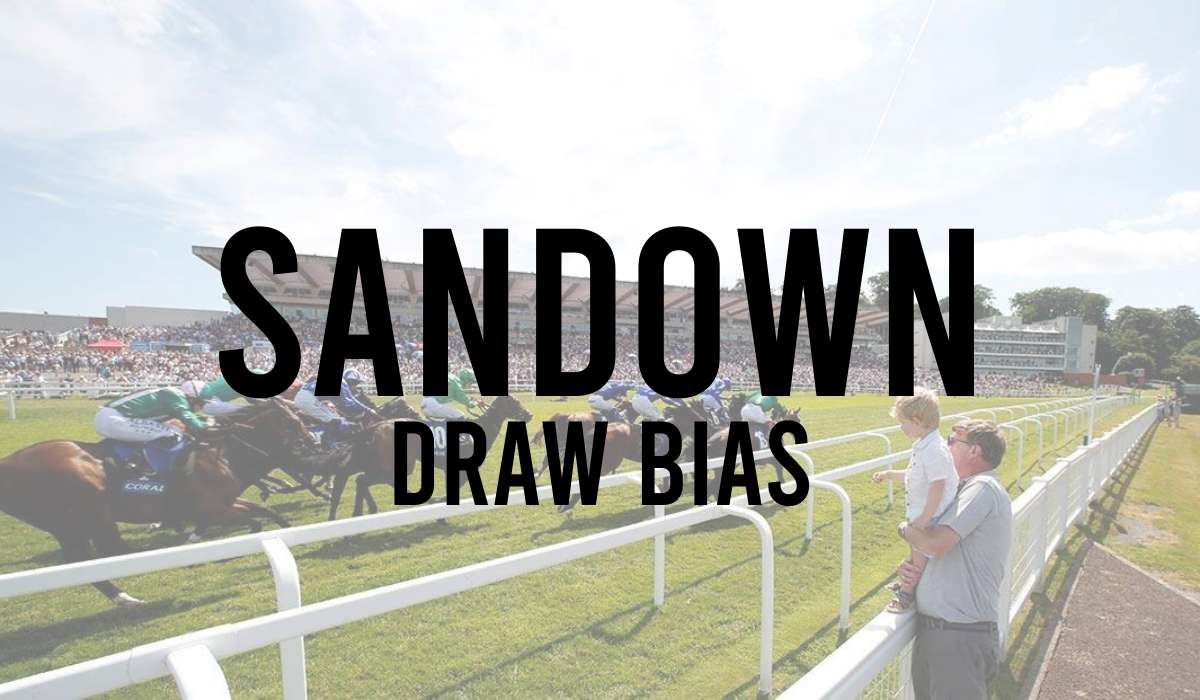
- Sligo Draw Bias
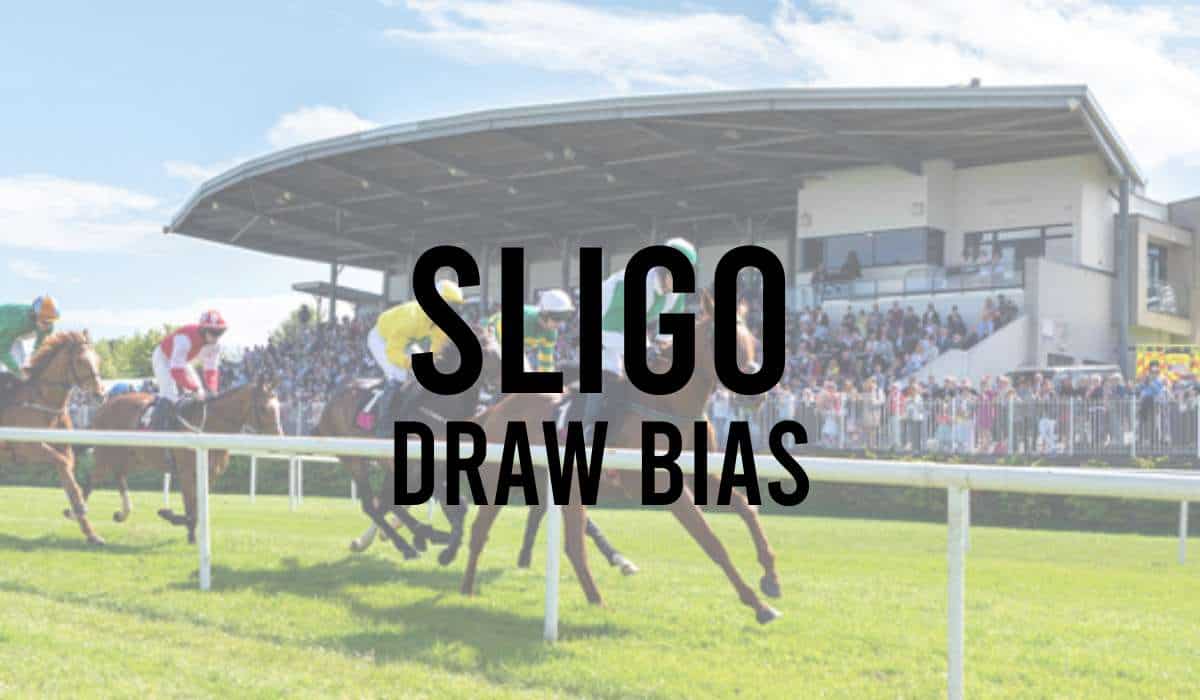
- Thirsk Draw Bias
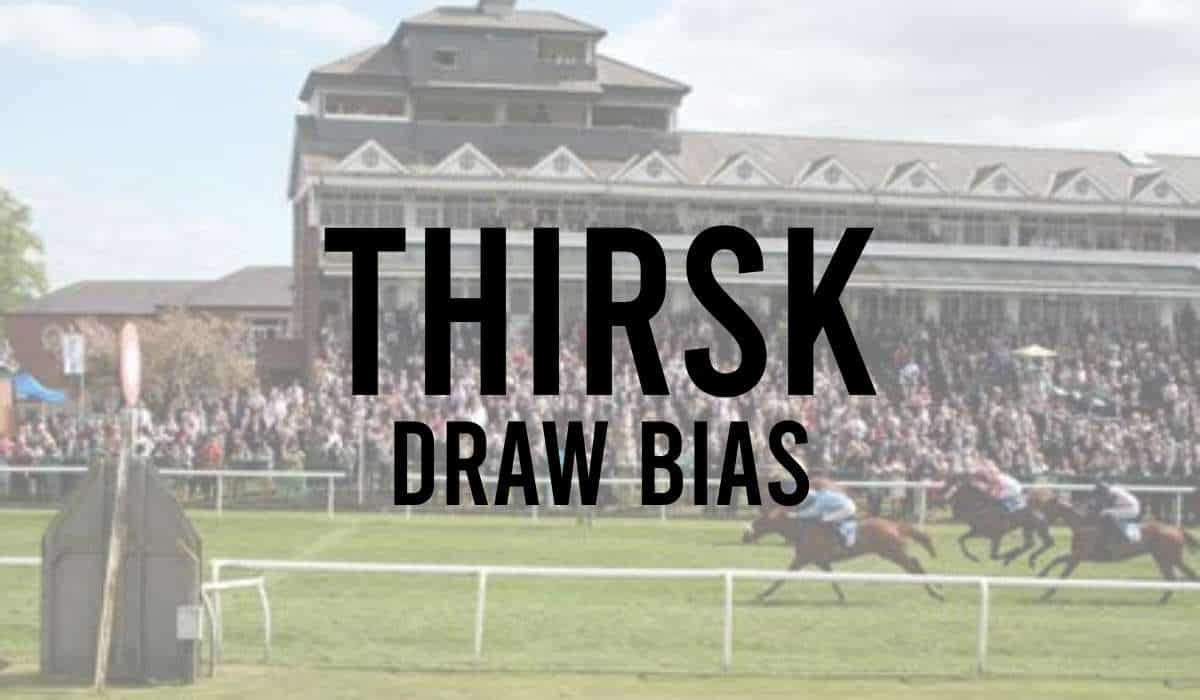
- Windsor Draw Bias
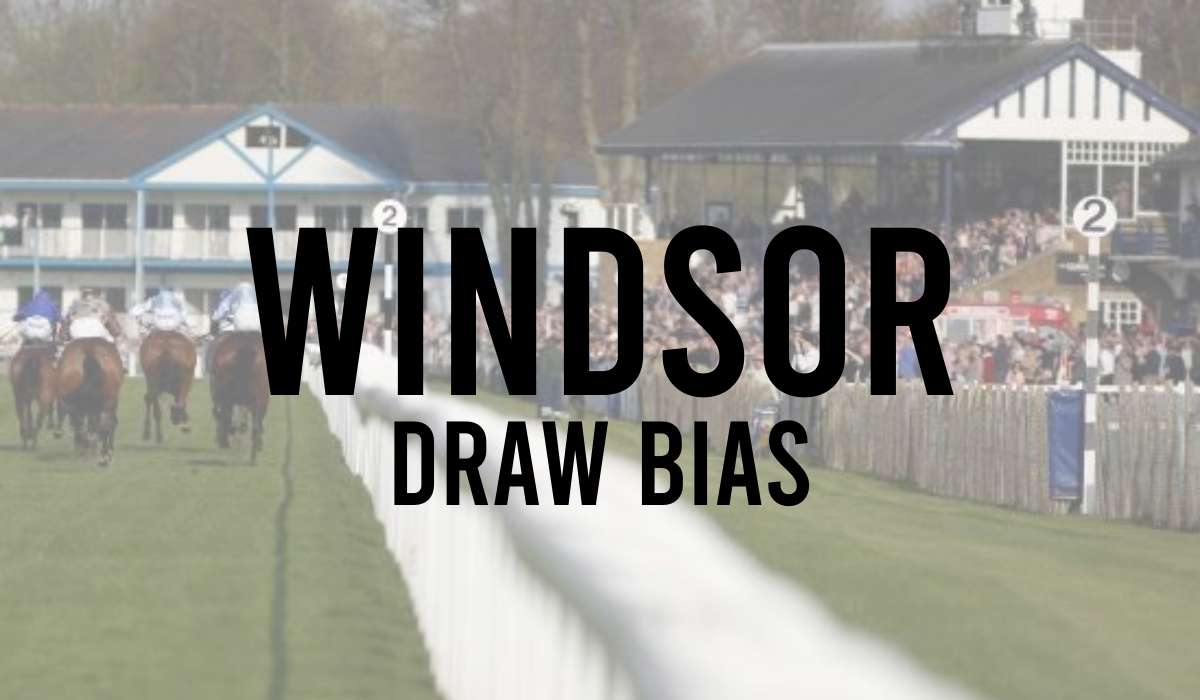
- Wolverhampton Draw Bias
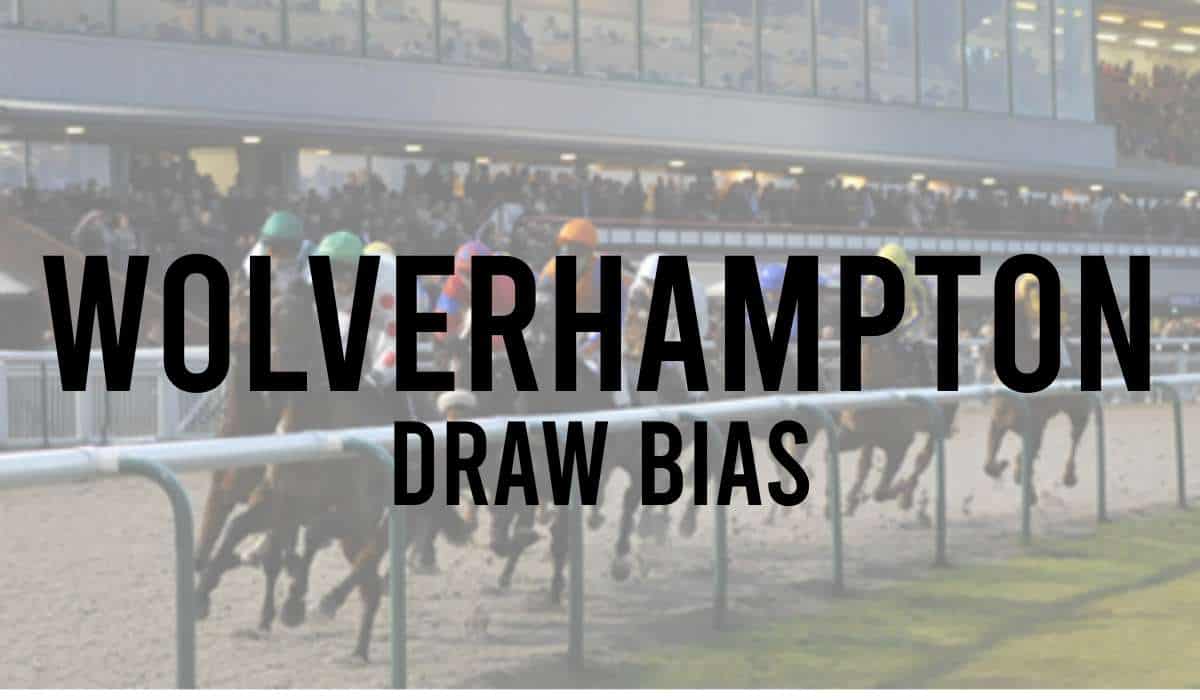
- York Draw Bias
